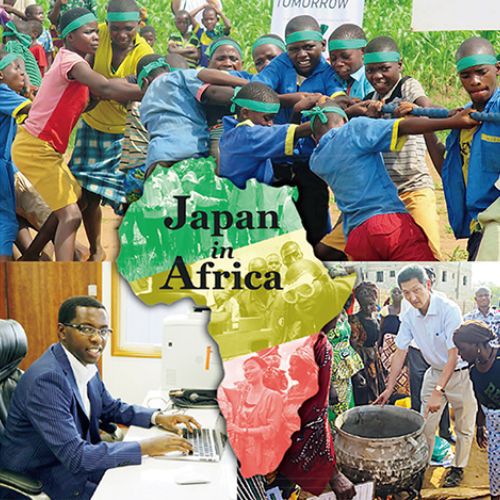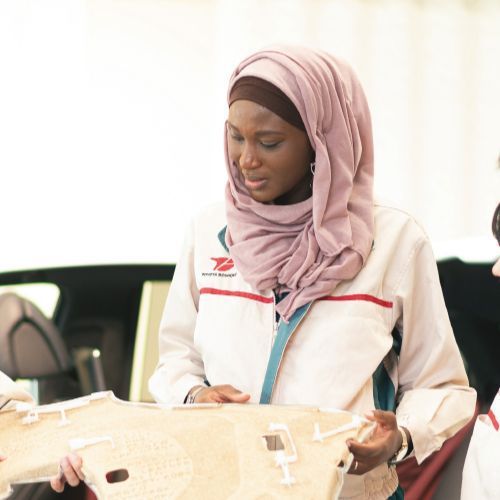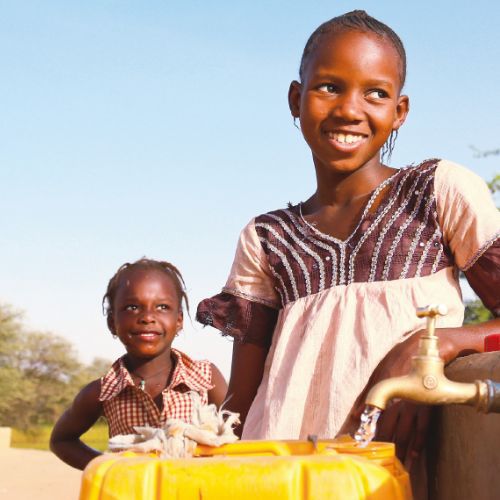Irrigation is key to improving Kenya’s rice production capacity. An irrigation expert dispatched from Japan to work in the Kenyan government is transferring knowhow accumulated over Japan’s long history in paddy rice cultivation.
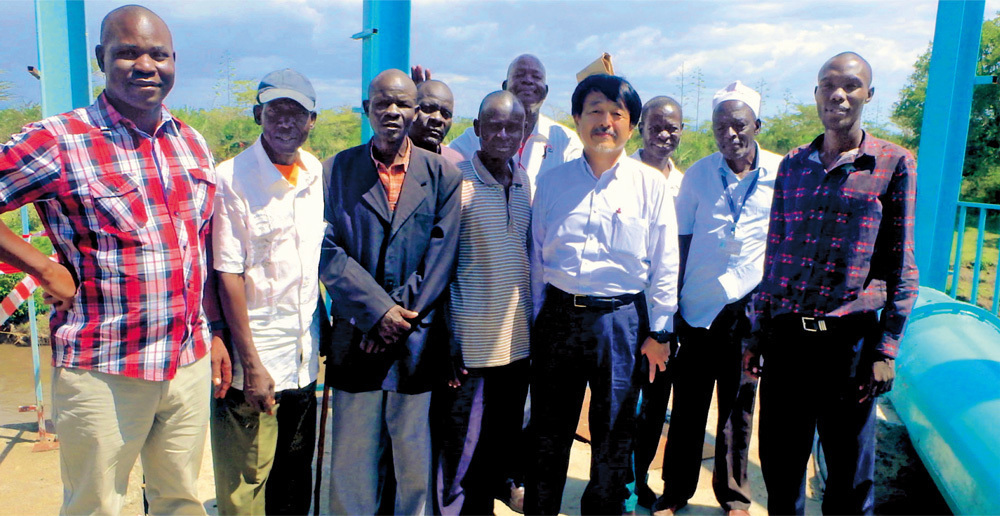
At a pumping station of the Ahero Irrigation Scheme, a project site of CaDPERP, together with local farmers association members.
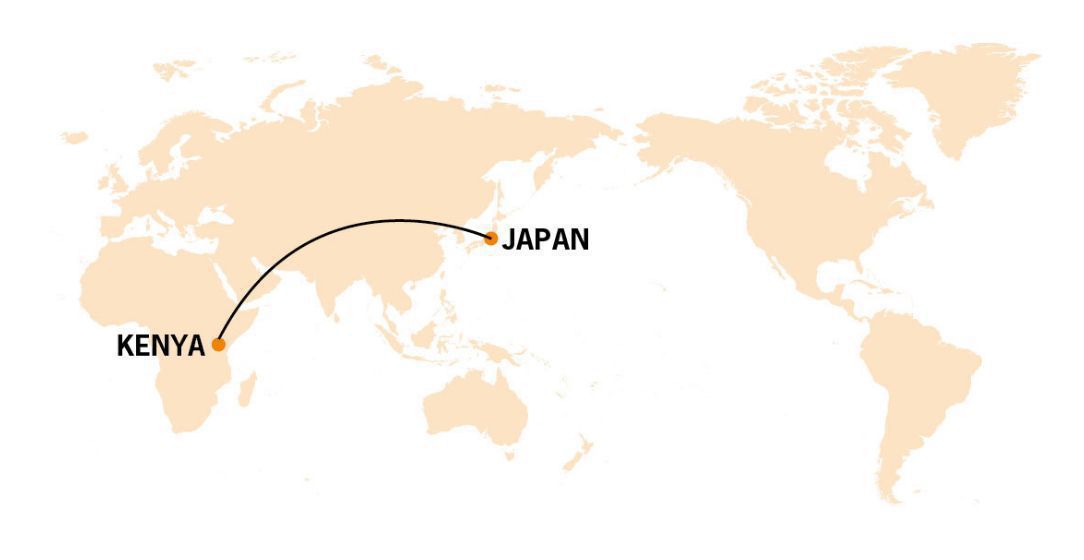
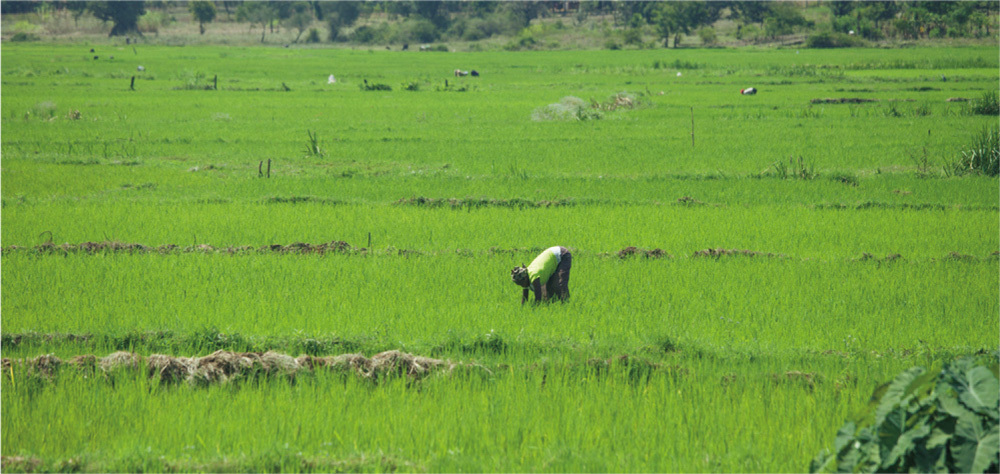
Kenya is expanding rice production to meet growing consumer demand. Japan is providing support in multiple ways, including not only irrigation but also new rice strain development and cultivation techniques.
Located on the east coast of Africa, the Republic of Kenya generates roughly 30% of its GDP through agriculture, forestry and fisheries, and these industries employ more than 40% of the workforce.[1] The traditional staple food of Kenya is ugali, made from cornmeal, but in recent years, rice consumption has been growing due to its great taste and simple preparation. However, Kenya’s self-sufficiency ratio of rice is between 10 and 20%,[2] and the need to improve Kenya’s rice production capacity has become an urgent issue.
As most of Kenya is arid or semi-arid land, irrigation is essential for expanding agricultural land. In 2017, the Kenyan government set the objective of at least doubling the area of irrigated land over the period from 2018 to 2022.
Japan has assisted in those irrigation development efforts as part of the economic and technical assistance provided to Kenya over the years. Significant results have been achieved, particularly in the Mwea Irrigation Scheme, Kenya’s largest paddy rice cultivation area. TICAD VI held in August 2016, recognized the need to further strengthen agricultural cooperation with Africa. That led to the launch of an innovative new scheme to dispatch abundantly experienced JICA experts to governments with the aim to transfer advanced technologies, provide training, and further strengthen collaboration with Japan.
As a result, irrigation expert Junichiro Yamada was dispatched to Kenya in May 2018.
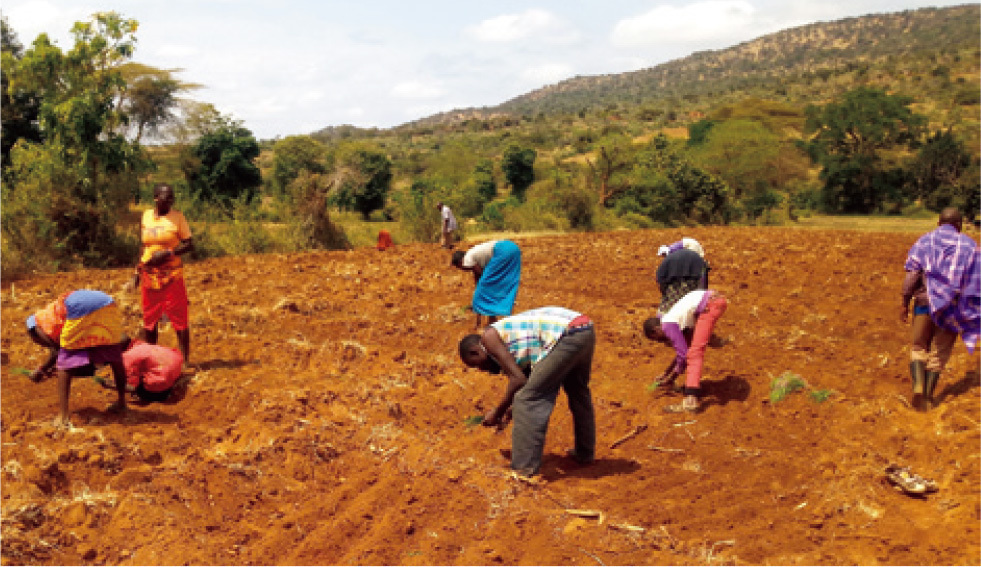
Onions are also being grown in a field irrigation scheme.
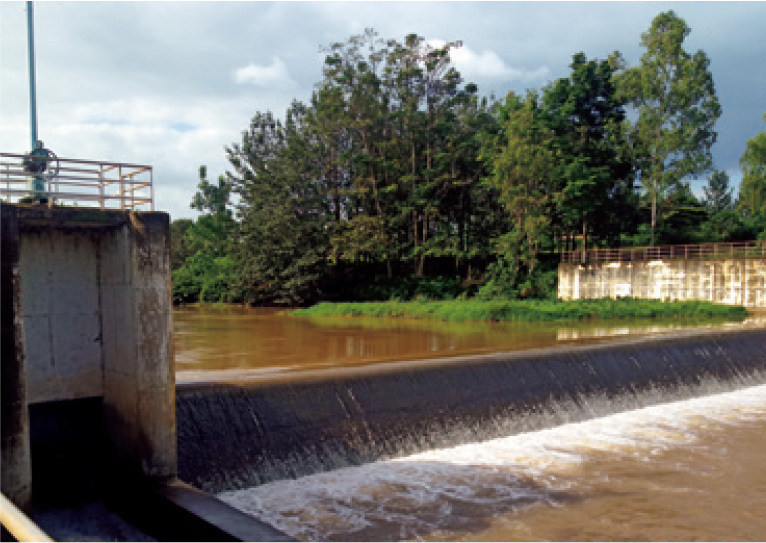
In the Mwea Irrigation Scheme, construction of a dam and waterways is steadily proceeding as a Japanese ODA loan project.
Yamada was posted to the Kenyan government’s Ministry of Agriculture, Livestock, Fisheries and Irrigation, where he conducts surveys and plans for irrigation. His position enables him to stay informed on what is happening in the higher levels of government, allowing for quick decisions on appropriate strategies.
As rice is a traditional staple, paddy rice cultivation has a long history in Japan. That accumulated knowhow proves useful in Kenya, not only in infrastructural development such as rice paddy construction, but also for administrative tasks such as improving water management rules for farmers.
However, “Kenya cannot apply techniques from Japan or other parts of Africa without making adjustments,” explains Yamada.
“Properly listening to the local authorities and farmers is particularly important. My advice must be appropriately suited for the specific local regions because the needs and outlook of each region are shaped by its unique characteristics and circumstances. Therefore, my stance is always to work together with the local people. Also, I share the challenging aspects of projects with my associates back in Japan so that it may provide a flow on effect for future activities.”
Launched in early 2019, the Capacity Development Project for Enhancement of Rice Production in Irrigation Schemes (CaDPERP) is providing further support to the national government for rice production in Mwea. This project is also advancing irrigation development along the eastern shore of Lake Victoria, which is another area with high potential for paddy rice cultivation.
“Both the government and the farmers in Kenya are extremely enthusiastic. While conducting onsite surveys, we often worked without so much as a break for lunch, and I didn’t get to eat lunch until work finished, either!” Yamada chuckles. “Kenya has both ample land area and good soil, giving it excellent agricultural potential. With Japan’s assistance, I think Kenya can further develop its agriculture, which will contribute to raising its overall standard of living.”
[1] Economic Survey 2018, April 2018, by Kenya National Bureau of Statistics.
[2] From the Rice for Africa Website, operated by the Coalition for African Rice Development.


























